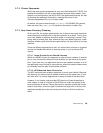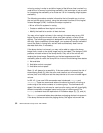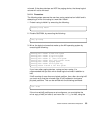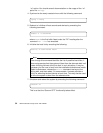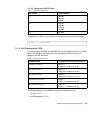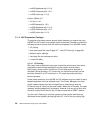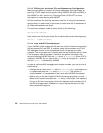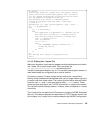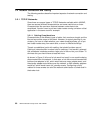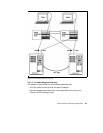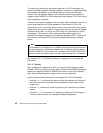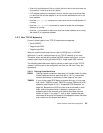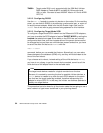Cluster Hardware and Software Preparation 57
and low-water marks. If a process tries to write to a file at the high-water
mark, it must wait until enough I/O operations have finished to make the
low-water mark.
Use the
smit chgsys fastpath to set high- and low-water marks on the
Change/Show Characteristics of the Operating System screen.
By default, AIX is installed with high- and low-water marks set to zero, which
disables I/O pacing.
While enabling I/O pacing may have a slight performance effect on very
I/O-intensive processes, it is required for an HACMP cluster to behave
correctly during large disk writes. If you anticipate heavy I/O on your HACMP
cluster, you should enable I/O pacing.
Although the most efficient high- and low-water marks vary from system to
system, an initial high-water mark of 33 and a low-water mark of 24 provides
a good starting point. These settings only slightly reduce write times and
consistently generate correct fallover behavior from the HACMP for AIX
software.
See the
AIX Performance Monitoring & Tuning Guide
, SC23-2365, for more
information on I/O pacing.
3.1.4.2 Checking Network Option Settings
To ensure that HACMP for AIX requests for memory are handled correctly,
you can set (on every cluster node)
thewall network option to be higher than
its default value. The suggested value for this option is shown below:
thewall = 5120
To change this default value, add the following line to the end of the
/etc/rc.net
file:
no -o thewall=5120
After making this change, monitor mbuf usage using the netstat -m command
and increase or decrease “thewall” option as needed.
To list the values of other network options (not configurable) that are currently
set on a node, enter:
no -a



